For more Details on Our Product click here ![]()
*https://pubs.spe.org/en/ogf/ogf-article-detail/?art=3566

Water is a vital resource for human life, and its availability has been declining due to unsustainable use. This is true even at the national level as evidenced by the various studies that show that more than 50% of the groundwater used in India is contaminated with pollutants. The impact of this contamination on public health cannot be ignored.
In fact, it can be argued that the water crisis in India is not just limited to pollution but also includes other aspects such as lack of access to safe drinking water and inadequate sanitation facilities. It was estimated that about 2 billion people worldwide have no access to clean drinking water or basic sanitation services.
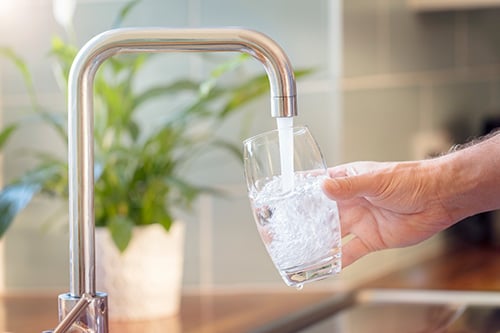
India's current population of 1.2 billion people faces an increasing demand for food, energy, and water. According to a United Nations (UN) report published in 2014, one-third of all Indians do not have access to clean water sources.
At the same time, there are almost 300 million people who live without any kind of sanitation. These two problems have grave consequences: Water scarcity leads to increased poverty and hunger; poor sanitation increases the risk of diarrheal diseases, which cause illness, malnutrition, and death among children and women.
The UN estimates that between 2000 and 2025, the number of people living in extreme poverty will increase from 800 million to 900 million. As a result, many countries face severe challenges in providing sufficient amounts of food, energy, and freshwater. However, solutions exist to address these issues.
.png?width=624&name=Copy%20of%20FoS%20Header%20Images%20(10).png)
A large part of the problem lies in the way we treat our water resources. Most of the water available today comes from underground aquifers. These are located mainly in arid regions of India, China, Australia, Iran, Jordan, Saudi Arabia, Namibia, and South Africa. Although some surface water is available in certain areas, most of the freshwater is obtained through desalination techniques.
Desalination involves removing salt molecules from seawater using a variety of methods—including evaporation, distillation, reverse osmosis, thermal diffusion, and gas absorption.
In India, the government maintains a monopoly over the water supply. Private companies are allowed to build pipelines only if they receive permission from the state utility department.
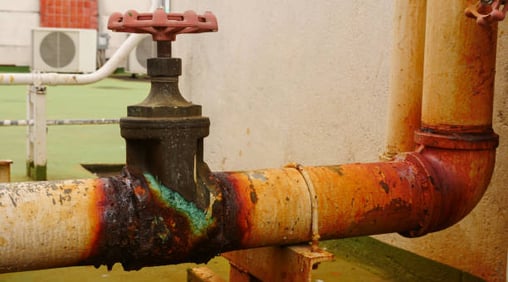
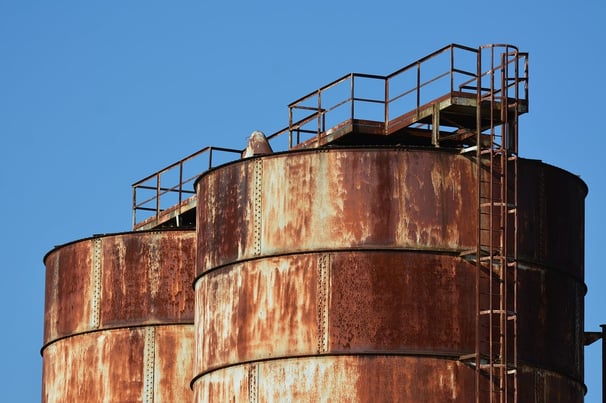
This means that private companies are unable to provide piped water service outside their own premises. When a company builds a pipeline, it must make sure that the quality of water is maintained. In addition, all water meters must be installed inside the house.
If a household does not pay the bill, the water supplier may cut off the connection. While this system provides adequate water to homes, it creates barriers to accessing water for others. For example, rural residents who need water for farming often cannot afford metered connections because they don't earn enough money.
Water is required for both personal and industrial purposes. Personal consumption accounts for 70% of total withdrawals in developed nations and 80% in developing nations. That leaves 20%–30% of the world’s water allocated for industrial use. Some industries are considered essential to maintaining economic growth. Industries such as agriculture, mining, oil production, and manufacturing account for about 60% of global annual water withdrawal.
It is important to note that while agricultural activities take up a significant amount of the water budget, they contribute less to overall water depletion. Agricultural practices such as irrigation, drainage, and fertilization actually lead to greater water productivity.
Most industrial water comes from municipal supplies or groundwater sources. Water is also used in industries where there is no local source of water. The largest consumers of industrial water include power plants, steel mills, aluminum smelters, petroleum refineries, chemical producers, cement factories, and fertilizer makers.
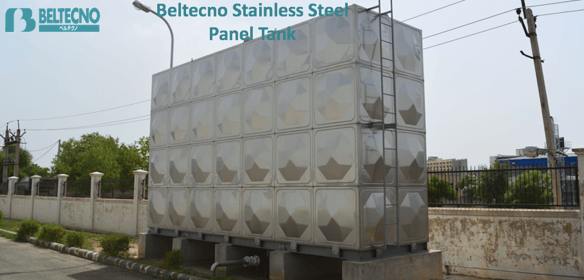
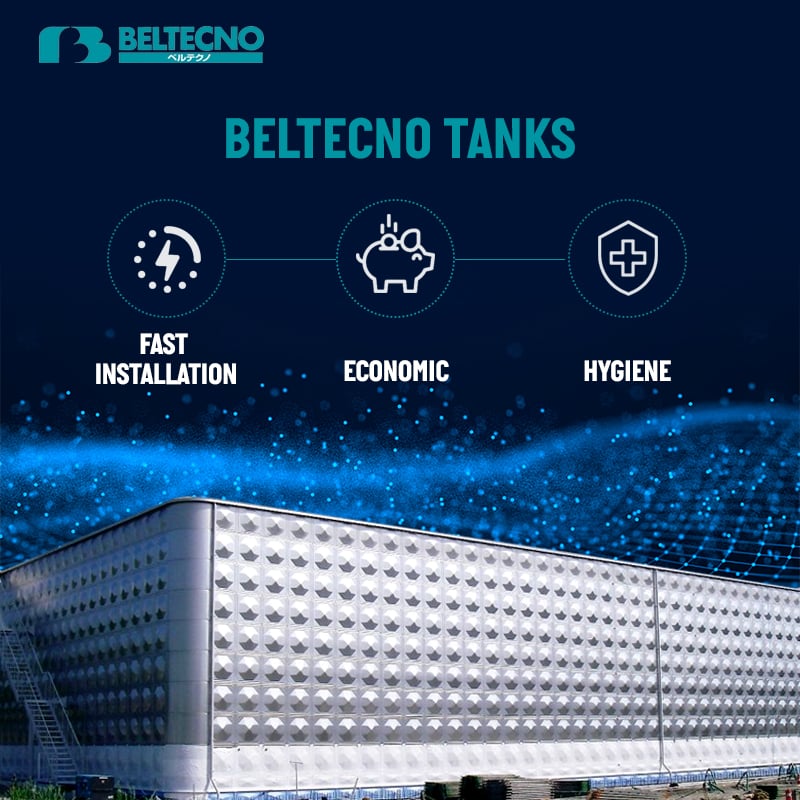
For more information regarding our stainless steel panel tanks download our product brochure by clicking the button below, drop us your requirement on sales@beltecnoindia.com or call us on any of given numbers +91 9116009580/+91 7300084028
For more Details on Our Product click here ![]()
*https://pubs.spe.org/en/ogf/ogf-article-detail/?art=3566